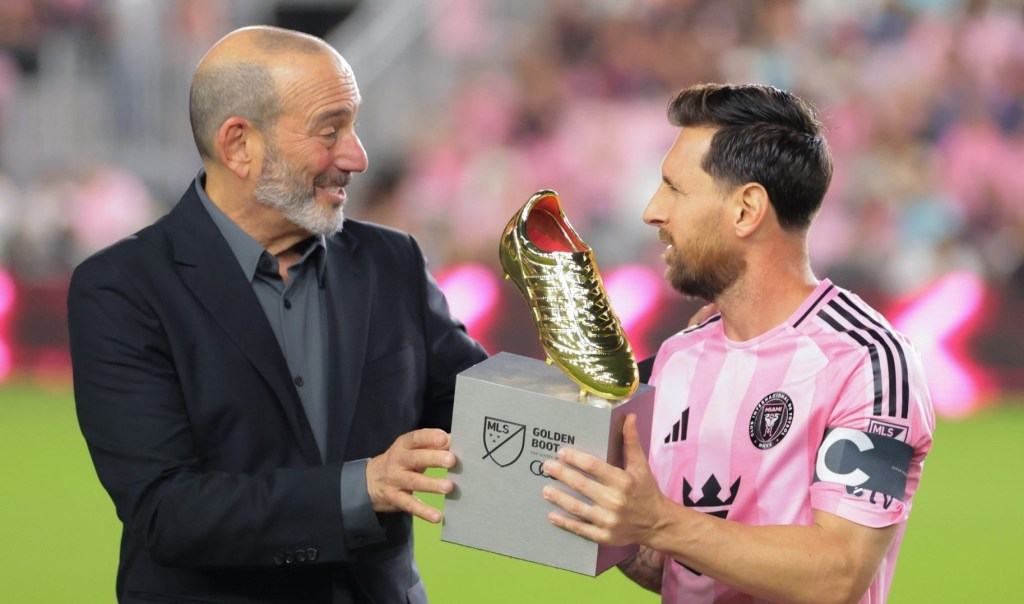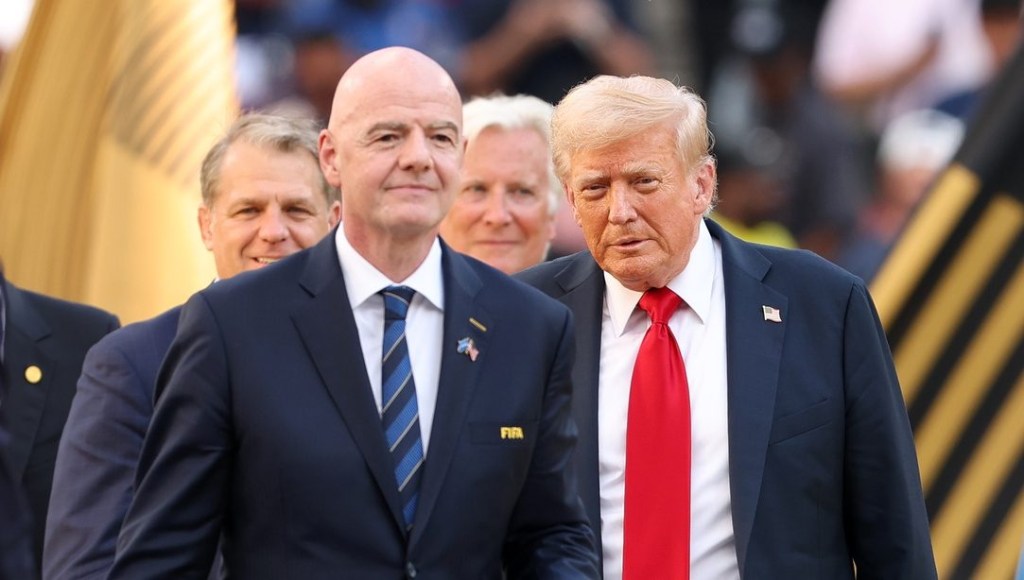The inaugural Formula One Las Vegas Grand Prix last year was one of the most-hyped races in the sport’s history. Set against the spectacular backdrop of the Strip and Sphere, F1’s return to Sin City for the first time since 1982 was hailed by local officials as “the largest sporting event in Las Vegas history.”
It drew 315,000 fans and a global TV audience of 59.3 million, while F1 announced a $1.5 billion economic impact for Vegas, as visitors stayed an average of four nights and spent $4,100—or 3.6 times the typical visitor—excluding the price of a race ticket. Despite the 1 a.m. ET start time and drivers’ title already clinched by Red Bull’s Max Verstappen, the grand prix pulled in 1.3 million domestic viewers on ESPN, which was more than the average F1 race last season.
To stage one of the sport’s most ambitious events in the heart of a thriving metropolis—and revive one of the quietest weekends on the Las Vegas calendar—was an achievement. But it was not without wrinkles.
Verstappen called it “99% show and 1% sport,” while seven-time world champion Lewis Hamilton branded the event a “circus.” High ticket prices were compounded by a chaotic opening-night practice session in which a water valve cover came loose on the Strip, leading to extensive delays and forcing fans home early.
For the local business community, in particular, the event was an expensive, logistical headache. The Strip came to a standstill for almost nine months as roads were repaved. Petitions and lawsuits abounded.

Ahead of this weekend’s second LVGP, there is optimism that many of last year’s teething troubles have been resolved, and that all will be forgiven once the party starts: Verstappen needs only to outperform McLaren’s Lando Norris to seal his fourth consecutive drivers’ title.
“There is no better place to have a party in North America than Las Vegas, so we will be fully prepared in the event that Max gets to celebrate his championship with us,” Las Vegas GP chief executive Renee Wilm tells Front Office Sports.
But not everyone is convinced that a second go-round is a good thing.
Gino Ferraro has been one of the most outspoken opponents of the Las Vegas GP. The longtime owner of Ferraro’s Ristorante, located near the Strip, has worked in Vegas for more than 40 years, and he recently filed a lawsuit against the Las Vegas GP, Liberty Media, and Clark County after claiming he lost millions of dollars due to the 2023 race.
Ferraro tells FOS that his restaurant was severely impacted for many months leading up to last year’s GP—and he is expecting to take another big financial hit this year. “Our lifeline is the Strip … the hotels on the Strip. Our business is based 80 to 85% on convention and tourist business. These people last year could not get to us,” Ferraro says. “People who came once or twice a month would even refuse to try to get to us because it was so frustrating when a 10-minute ride took an hour and a half, or people were paying $140 for a four-mile ride in a cab. It was difficult. We had a lot of cancellations.”
Ferraro says his business did “nothing” during race week last year, and he is even considering closing the restaurant on race day this weekend.
After speaking out against the race, Ferraro met with Wilm and one of the course architects to try to broker a peace deal. It did not go well. “They came and said, ‘What can we do for you?’ I was nice and I said, ‘Move the fucking race,’” Ferraro says.
Ferraro believes that conditions for local businesses will improve this year after changes were promised by F1 owners. But the restaurateur says the damage has already been done. “When people have a bad image from the year prior they won’t want to take a chance [to return]. That will keep people away from the Strip; they don’t want to get caught up in the traffic,” he says. “Nobody likes the race. They are ruining the city. They do not care for people who belong here and have been working here for 40-something years.”
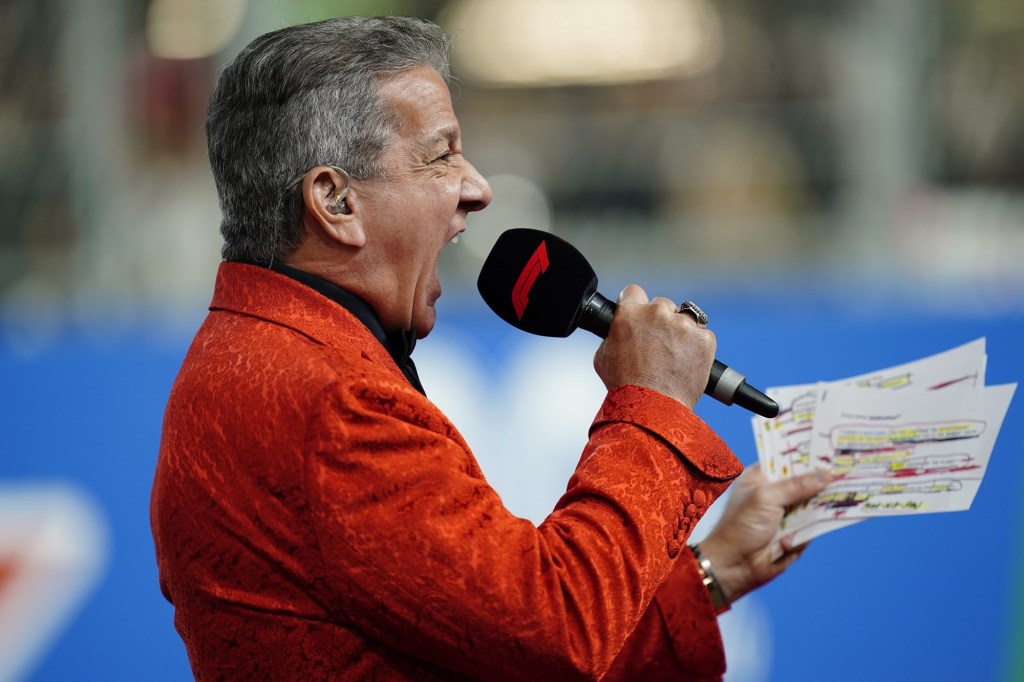
With just 18 months to prepare for the first iteration of the Las Vegas GP—a timeline Wilm describes as “kind of insane”—problems were inevitable.
F1 owners Liberty Media invested more than $650 million to add a third race in the U.S., with much of the time and effort spent on constructing a new 3.8-mile street circuit as well as a permanent paddock and pit complex. The extensive road closures and access issues led to anger and dismay among local businesses, residents, and resort workers who had trouble getting to their jobs for a number of months. The biggest traffic disruptor was a temporary four-lane bridge over Flamingo Road, which took vehicles across the Koval Lane section of the race track and caused massive congestion.
Randy Markin, the owner of Battista’s and Stage Door Casino, is equally angry about the impact of the Las Vegas GP on his businesses. “We’re about a half a block from the Strip and the disruption last year was horrendous,” Markin tells FOS. “We had chain link fences blocking people coming into our business, they destroyed all the roads and all the traffic. Nobody could get anywhere and nobody could get to our businesses.”
He says several hotel employees who frequented Stage Door Casino for years have not returned. “That clientele is one we have built over 50 years. For seven months, they all went elsewhere and now they’ve all found somewhere else to go,” he adds.
Markin says he usually serves 600 customers every night in his restaurant but adds he will be “lucky” to get 100 during race day this weekend.
If some community members had their way, the race wouldn’t happen at all. Ferraro has been part of a petition to stop the Las Vegas GP from taking place this year, alongside Battista’s restaurant and Stage Door Casino. The petition asked Clark County commissioners to deny F1 a special use permit to stage the grand prix “until the issues from 2023 have been settled.”
Although he has also filed a lawsuit against the Las Vegas GP, Markin remains hopeful a deal can be reached to ensure the survival and profitability of long-standing local establishments for as long the race is held in Sin City. “The best thing that could happen for F1 is for them and us disgruntled local businesses and the County commission is to come together and find something to make it work,” he says. “F1 needs to show they are working with the local community—the local community feels they have a knife in the back.”
Steve Hill, the CEO of the Las Vegas Convention and Visitors Authority (LVCVA) concedes there is “no dispute” that the inaugural Las Vegas GP had a negative impact on some local businesses. But he says the level of damage to these businesses is under some debate.
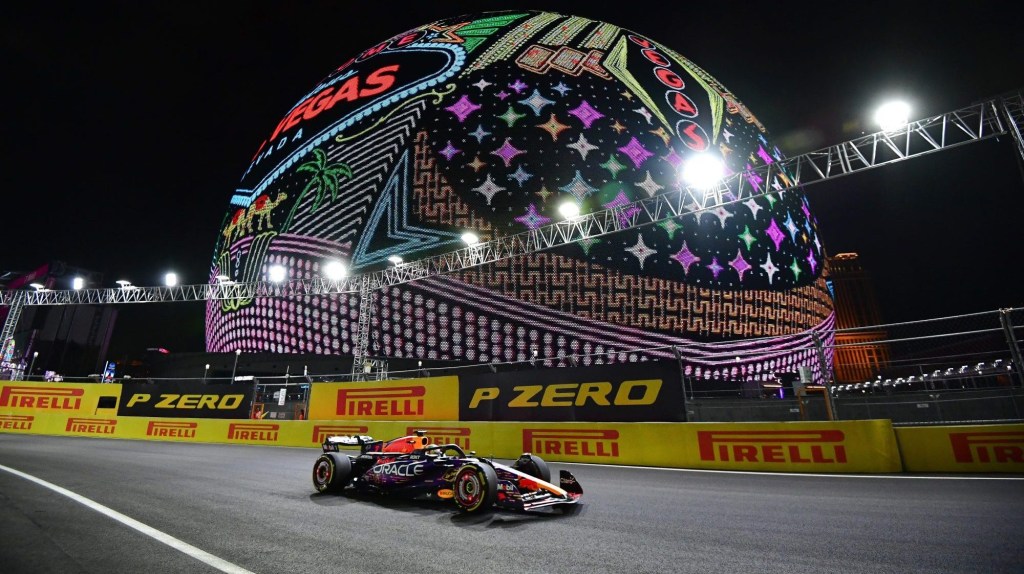
Still, the criticism hurt the race organizers, even if the event was a legitimate success by many metrics. “When some of the negativity creeped into the media, it was very disheartening for us,” Wilm says. “Unfortunately, we broke some glass along the way and we will forever be appreciative of the residents’ patience in allowing us to get the work done so we could have that inaugural race.”
To appease many F1 fans who felt they were priced out of the race last year, a significant number of general admission tickets have been added, with prices as low as $150 for single-day passes. “Last year we just did not have enough [general admission tickets] and that resulted in not as many people being able to enjoy the race, be on track in a viewing opportunity,” Wilm adds. She notes last-minute ticket demand has spiked in recent weeks, with the prospect of Verstappen sealing the drivers’ title in Vegas.
The temporary bridge over Koval Lane has been shrunk to two lanes this year to reduce its impact on local businesses. Notably, the bridge will be taken down in mid-December—after last year’s race, it was not removed until February 2024. Meanwhile, a pedestrian bridge has been moved from the north end to the south end of the Koval-Flamingo intersection.
Bottom line, Hill says, is the organizers are not starting from scratch for the 2024 race. “I have said if we had to do what we did in Year 1 every year—it was too much for the community to bear—I wouldn’t do it. But we don’t have to do that [this year],” Hill says.
“Five and a half of the months of the pain last year was completely building the road that is the circuit. That doesn’t ever have to happen again all at once. There will be repairs in spots in the future but nothing like what we had to go through last year.”
He adds race organizers are already coming up with ways to improve the 2025 Las Vegas GP to ensure the event’s success and longevity. “It takes a little while to understand what the issues are and what the right response is to those issues,” he says.
Still, with the novelty factor now gone, F1 must get a lot right this time around.
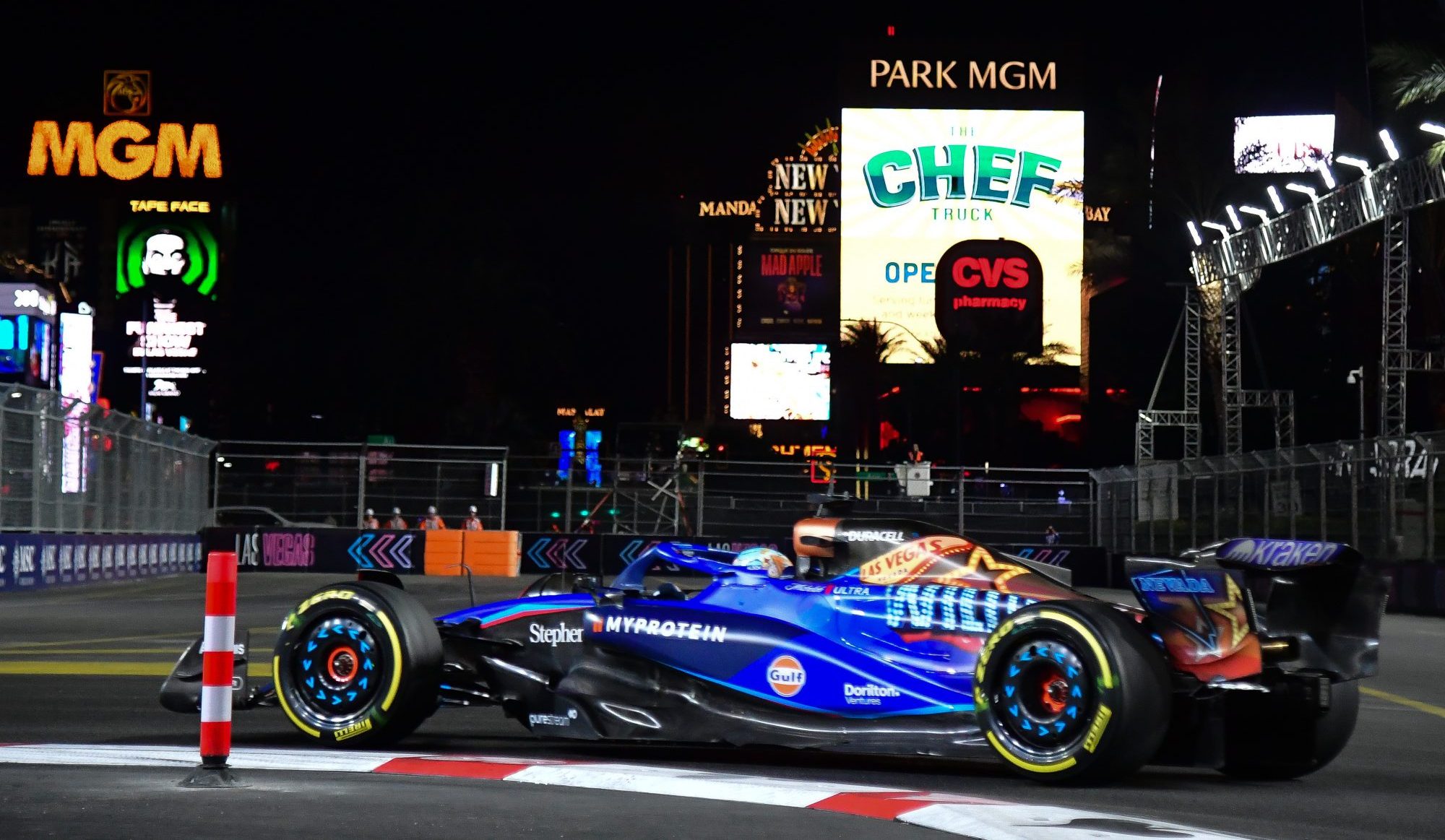

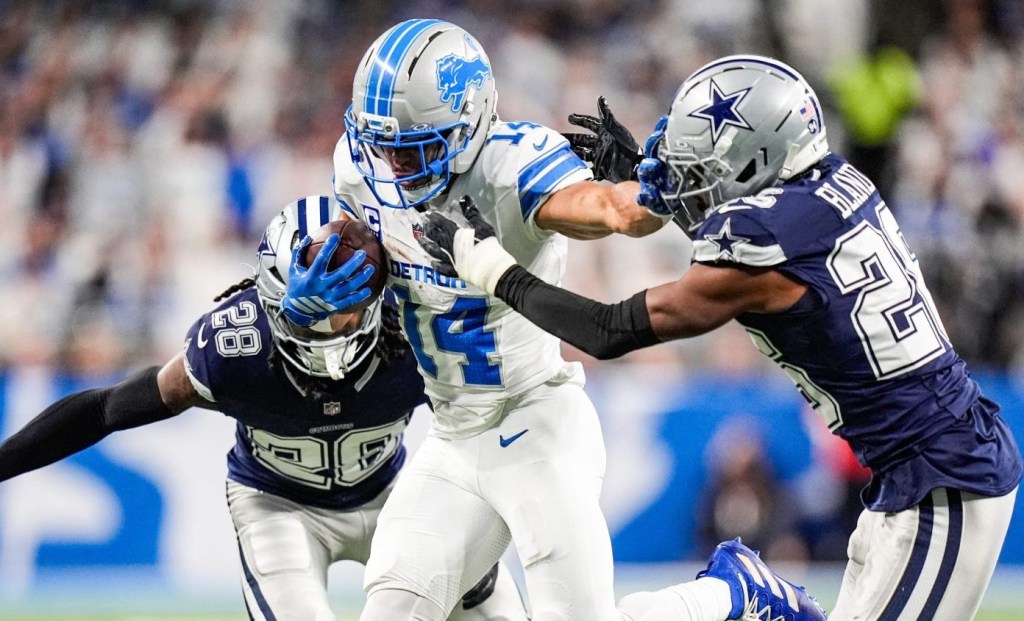
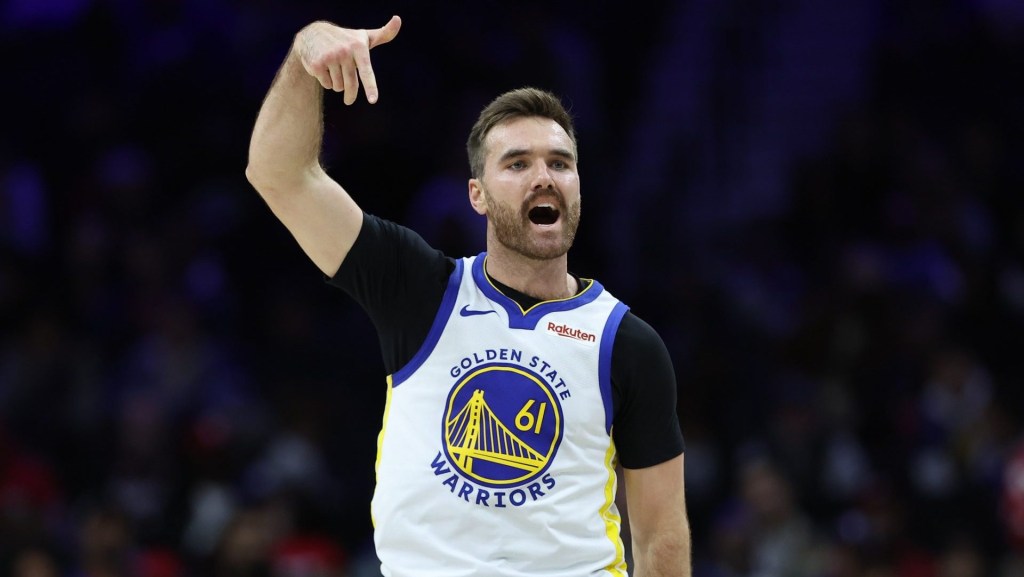
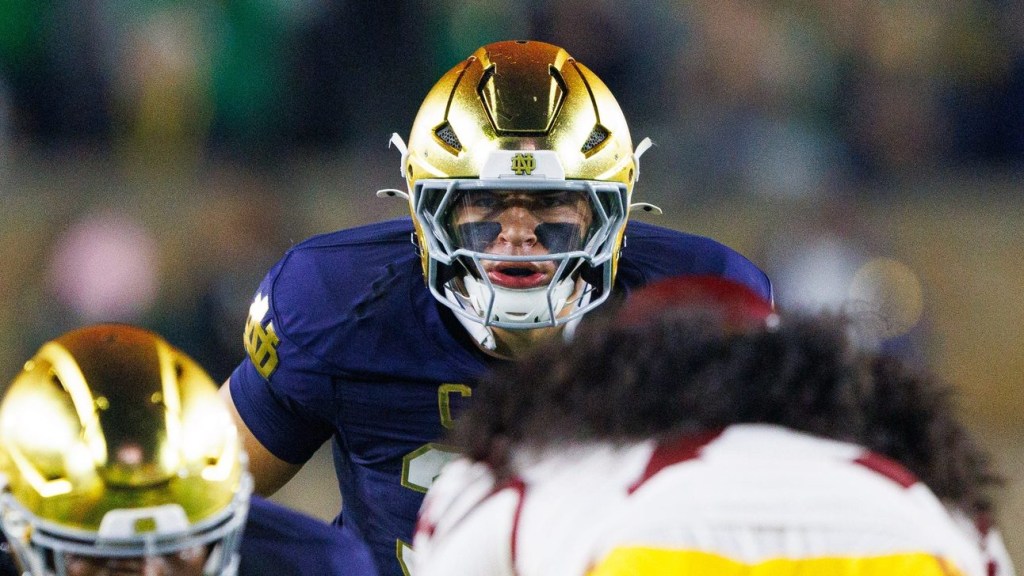







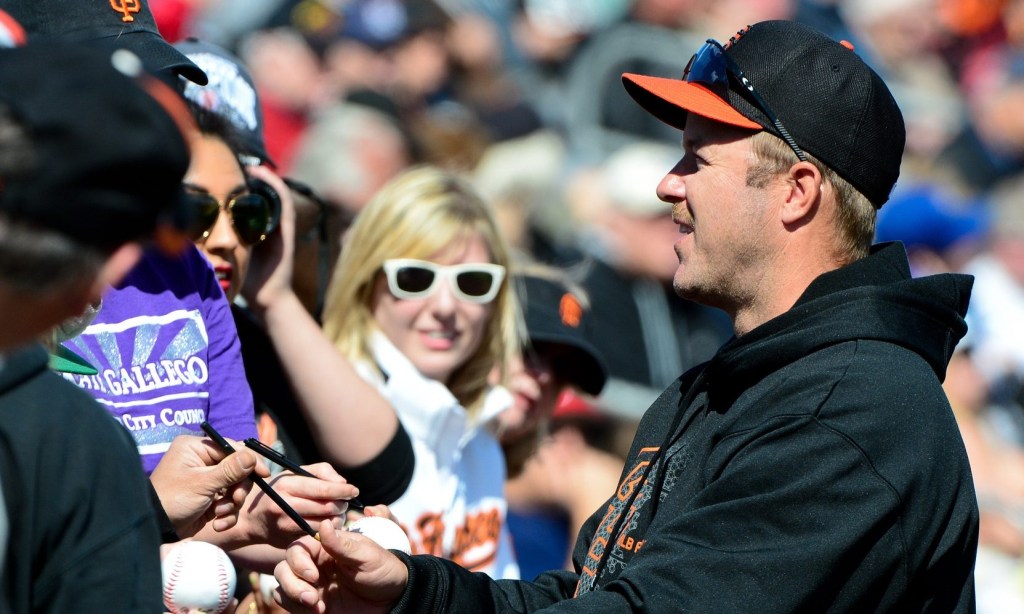
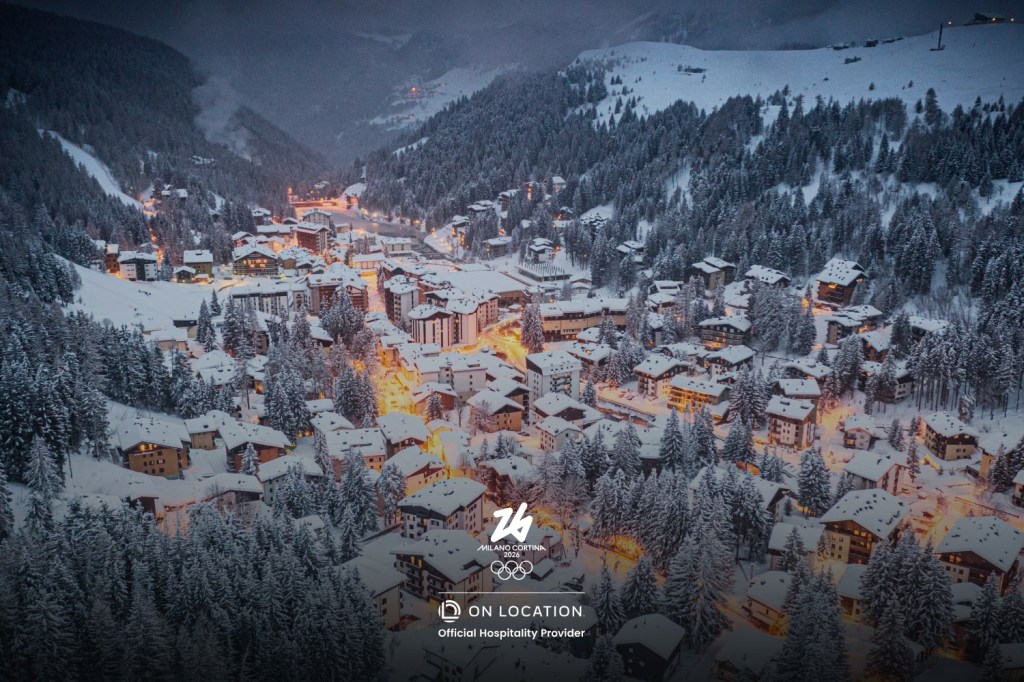

![[US, Mexico & Canada customers only] Dec 5, 2025; Washington, District of Columbia, USA; United States of America President Donald Trump, FIFA President Gianni Infantino and Canada Prime Minister Mark Carney watch from the stands during the FIFA World Cup 2026 Final Draw at John F. Kennedy Center for the Performing Arts.](https://frontofficesports.com/wp-content/uploads/2025/12/USATSI_27745262_168416386_lowres-scaled.jpg?quality=100&w=1024)
